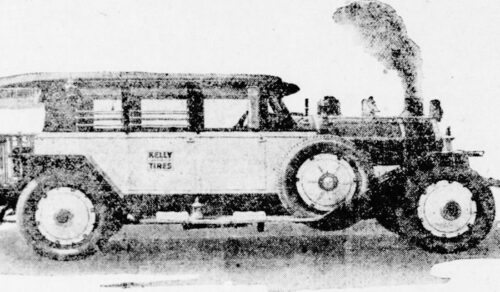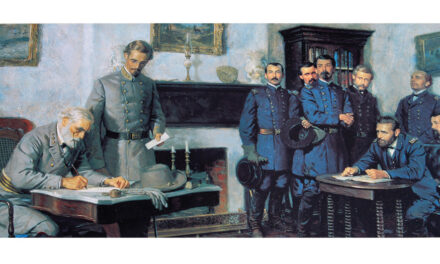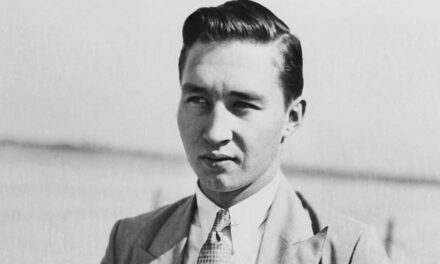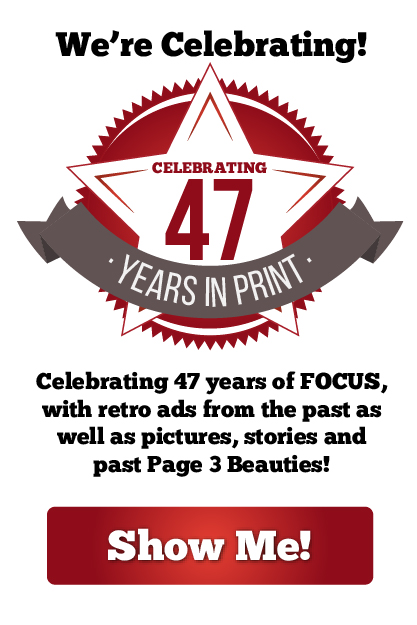
 On a cold January afternoon in 1927, a strange machine rolled into downtown Hickory. It looked like an automobile, sort of. With a driver behind the steering wheel, the four-door conveyance quickly caught the attention of all who watched it pass by. It weighed about the same as today’s full-sized SUV. And yet smoke poured from of a smokestack on the front end of the motorcar. To look at it, one might think they saw a train engine that had jumped the track.
On a cold January afternoon in 1927, a strange machine rolled into downtown Hickory. It looked like an automobile, sort of. With a driver behind the steering wheel, the four-door conveyance quickly caught the attention of all who watched it pass by. It weighed about the same as today’s full-sized SUV. And yet smoke poured from of a smokestack on the front end of the motorcar. To look at it, one might think they saw a train engine that had jumped the track.
“Crowds of curious citizens thronged about” to see this vehicle, reported a newspaper article of the arrival. Hickoryites had never seen anything like it. Some called it a “choo-choo car” because it resembled “a deluxe combination of auto and train.” Local observers scratched their heads trying to make sense of this “automobile sized locomotive.”
What was it and why was it in Hickory? Unofficially, what could rightfully be called one of the automotive industry’s first hybrid vehicles was touring the nation to bring attention to an important issue near and dear to the hearts of motorists.
At the turn into the twentieth century, most North Carolina roads were dirt. Horses and the slower pace of life could handle the muck when rain turned streets turned into muddy patches, but the coming of the automobile could not. Citizens began pushing state leaders to create a road paving program.
 In 1912, Locke Craig got elected as governor and formed the state highway commission to accelerate a campaign of turning wagon paths into asphalt and concrete highways. The effort won North Carolina the nickname of the “good roads state.” While progress was made, some said it wasn’t fast enough. Sure, major paved thoroughfares allowed travelers to move between the state’s biggest cities, but smaller roads remained impassable during the rainy season. That’s why in 1927, this strange car/train visited Hickory.
In 1912, Locke Craig got elected as governor and formed the state highway commission to accelerate a campaign of turning wagon paths into asphalt and concrete highways. The effort won North Carolina the nickname of the “good roads state.” While progress was made, some said it wasn’t fast enough. Sure, major paved thoroughfares allowed travelers to move between the state’s biggest cities, but smaller roads remained impassable during the rainy season. That’s why in 1927, this strange car/train visited Hickory.
“The Kelly-Springfield Good Roads Special” was the name of the auto and was on display to bring attention to the necessity for better roads. Built on a 147-inch wheelbase, this freak of automotive technology ran on a “six-cylinder Continental motor” with a “a real bell and whistle, a sandbox and Westinghouse air brakes,” as well as a cowcatcher, just like a real train.
Tire maker Kelly-Springfield built the car, then financed a nationwide tour to bring attention to the need for more good roads. Their thinking must have been ‘more roads means more cars, which need tires like the ones they made.’ The manufacturer sought to impress spectators like those who gawked at the crossbred contraption parked in Hickory. “All the fittings are solid brass except for the door handles, etc., which are gold-washed” described the added touches that made the car a marvel to behold. In addition, the rear of the conveyance looked like the back of a train’s passenger car, suitable from which to give a speech.
Driving in from Winston-Salem, the “special” moved on from Hickory toward Florence, South Carolina, the next stop on its nationwide promotional journey.
No one ever knew if the car sparked better roads in North Carolina but it likely caused its share of wrecks when fellow travelers glimpsed it coming.
Photos: The Kelly-Springfield Good Roads Special.









